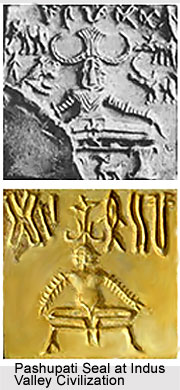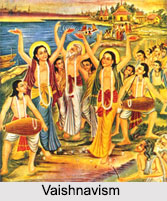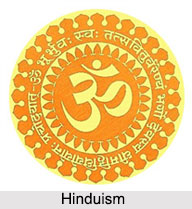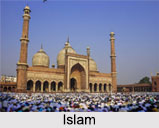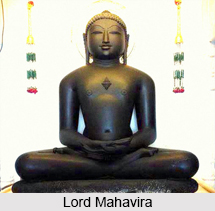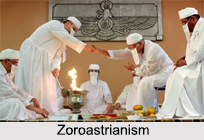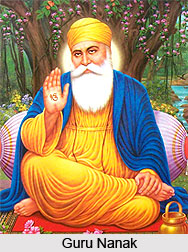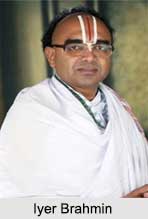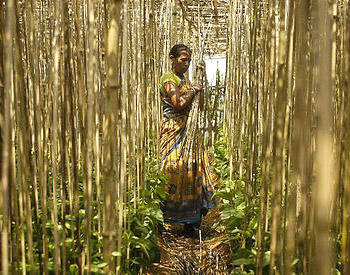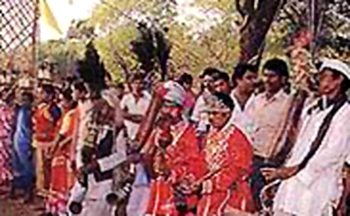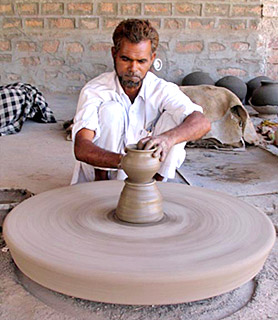Introduction
The Sonar community, also known as Swarnkar, Soni, Sunar, or Sonkar, is a traditional caste in India historically associated with the trade and craftsmanship of gold. Members of this community are predominantly engaged as goldsmiths, silversmiths, jewellers and gold traders. The word, sonar, has been derived from the Sanskrit word “Suvarnakar” that means worker of gold because gold is referred as “Sona”. The Sunars are found across India and include followers of Hinduism, Sikhism, and Islam. In Haryana, the community is categorized differently based on religion: Muslim Sunars are listed under the Other Backward Classes (OBC), while Hindu Sunars are classified as Scheduled Castes (SC).
History of Sonar Caste
The name of the Sunar (or Sonar) community originates from the word sona, meaning “gold.” Traditionally known as goldsmiths, the Sunars are skilled artisans who work with gold and other precious materials. While their roots lie in goldsmithing, members of the community are involved in various facets of the jewelry trade across South Asia. Some specialize as diamond cutters, while others craft intricate jewelry designs or religious idols. Generally considered a prosperous community, many Sunars have also ventured into moneylending and trade. Those less affluent often engage in other professions, such as selling books, stationery, etc.
Legend Behind Sonar Caste
The Sunars are generally considered a part of Vaishya varna but according to some legends, they are decedents of Kshatriyas. In the Hindu legends, it is said that the Sunars are the descendants of one of two Rajput brothers who were saved as boys by a Saraswat Brahmin from the wrath of Parasurama when he was destroying the Kshatriyas. The descendants of the other brother were the Khatris.
Divisions within Sonar Caste
There are five major groups of Sonars, and they are:
The Sonar community is organized into numerous territorial and non-territorial clans known as alla. These groups reflect ancestral lineages and are often tied to specific regions. Prominent alla include Jhankhad, Santanpuriya, Lal Sultaniya, Dekhalantiya, Mundaha, Bhigahiya, Kulthiya, Parajiya, Samuhiya, Chilliya, Katiliya, Kalidarwa, Naubastwal, Berehele, Gedehiya, Shahpuriya, Mathureke Paliya, Katkaria, Nimkheriya, and Vaibhaha, among others. Each lineage maintains a strong connection to the geographical origins of its forebears.
When it comes to surnames, members of the Sonar community use a variety of
titles such as Soni, Swarnkar, Verma, Wadichar, Saraf, Shah, Sonik, and Singh.
These surnames often vary by region. For instance, in Gujarat and Rajasthan,
the community is widely recognized as Soni, while in Haryana, names like
Swarnkar, Soni, Suri, and Verma are common. In Sindh, they are known as Sonaro. Additionally,
in Punjab and Haryana,
the Mair community is also traditionally engaged in goldsmithing.
Sub-Groups of Sonar Caste
The Sonar community is divided into several subgroups based on regional and linguistic differences. Among them are the Hindi-speaking Khatri Sonars of Uttar Pradesh, who belong to the Vaishya caste category, the third tier in the traditional fourfold Hindu social hierarchy. While Vaishyas may not hold the same ritual status as the higher castes, they are often more affluent, as their occupations traditionally center around trade, business, and commerce.
The Daivadnyas, a subgroup of the Sonar (goldsmith) community, are also known as Daivadnya Sonars, Suvarṇakaras, or simply Sonars. In Maharashtra, they often identify themselves as Daivadnya Brahmins, though this claim is not recognized by other Brahmin communities in the region. The Daivadnyas, also referred to as Sonar, Panchal, or Vishwa Brahmink, originate from Goa and Karnataka and trace their lineage to Vishwakarma, the divine architect in Hindu mythology. Despite their self-identification as Brahmins, this status is not acknowledged by other local Brahmin castes. Traditionally native to the Konkan region, Daivadnyas are primarily found in Goa, Daman, coastal Karnataka (Canara), coastal Maharashtra, and parts of Kerala. In Karnataka, the National Commission for Backward Classes classifies the Daivadnya community as belonging to the Other Backward Classes (OBC) category.
The Daivadnyas are commonly referred to as ‘Shet,’ a title
that originated from their guild organizations during the medieval period.
European records mention them as “Chatim” or “Xette”, derived from the Konkani
term Shett or Shetty. In ancient Goa, as in other parts of India, guilds of
traders, merchants, artisans, craftsmen, and agriculturists were known as
Shrenis, while their leaders were called Shrestha or Shresthi, meaning “His
Excellency.” Among these trade guilds, the Daivadnya guild held a particularly
esteemed position in Goa. Renowned for their integrity and reliability, these
guilds were trusted by the public to safeguard deposits, effectively
functioning as local banks, and they also contributed generously to temple
endowments.
Sonar Caste in Modern Period
Historically recognized as skilled goldsmiths, the Sonar community has long held a vital place in Indian culture. However, with improved access to education, many within the community have begun to prioritize academic and professional advancement alongside their traditional craft. Despite this shift, Sonars continue to play a prominent role in traditional Hindu weddings across India, Nepal, and Sri Lanka. In these ceremonies, brides often adorn themselves with elaborate gold jewelry, each piece a symbol of prosperity and legacy, meticulously crafted by Sonar artisans.
While the Sonar community is traditionally linked to goldsmithing, their
expertise extends far beyond crafting gold. Across the Indian subcontinent, regardless of
where they live, many Sonars have diversified into various facets of the jewelry industry.
Some have mastered the art of diamond cutting,
while others specialize in designing intricate jewelry pieces and religious
idols, showcasing their versatility and artistic finesse in the world of
ornamentation.
Evolution of Sonar Community
Renowned for their craftsmanship in gold and silver, Sonars are expert jewelers who create intricate ornaments adorned with precious and semi-precious stones. Many specialize in engraving deities on gold and silver plates or designing exquisite pendants, while others focus on cutting and polishing diamonds. Traditionally, Sonars have owned their own jewelry shops, though some work independently, earning recognition for their mastery in delicate filigree designs.
In Hindu society, goldsmithing is regarded as a highly respected profession. During weddings, the bride’s jewelry crafted by Sonars, symbolizing her wealth and heritage. Even if a Khatri Sonar is not physically present, their artistry is unmistakably showcased through the bride’s golden adornments. Because of their trade, Sonars interact with nearly every Hindu community, giving them broad cultural and social reach.
In modern times, their roles have expanded beyond
traditional craftsmanship. While many continue as skilled artisans producing
fine jewelry and artwork, others have become landowners, pawnbrokers, or
moneylenders. With increasing access to education, the Khatri Sonar community
is now exploring diverse professions and new economic opportunities.
